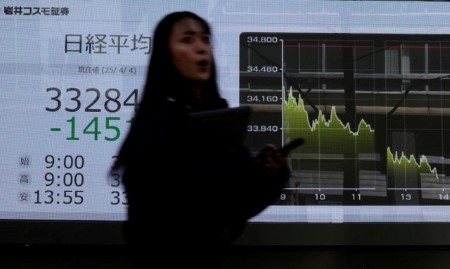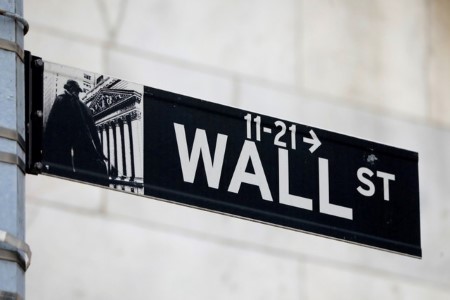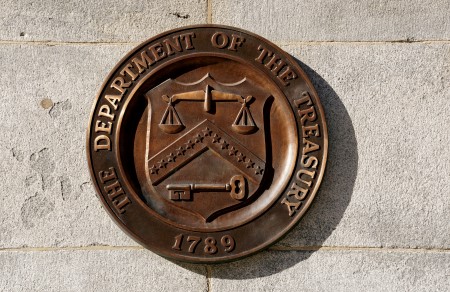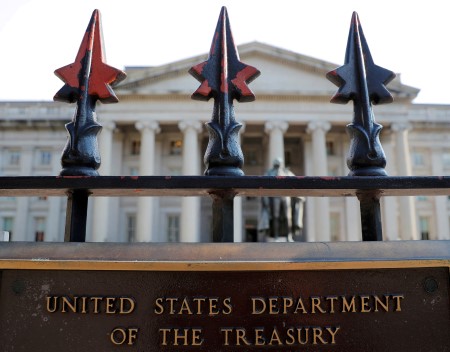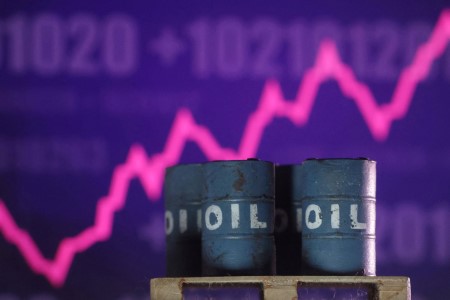TOKYO – Stocks in Asia and oil prices edged lower on Tuesday before a key meeting of central bankers and as traders evaluated promising diplomatic signals toward ending hostilities between Russia and Ukraine.
European equity futures posted modest gains after Ukrainian President Volodymyr Zelenskiy said security guarantees for his nation will likely be worked out within 10 days after talks with US President Donald Trump and European leaders.
Japan’s Nikkei share gauge set a new intraday record high before heading lower. The US dollar held on to gains from the previous session as traders awaited policy hints from the Federal Reserve ahead of its annual gathering in Jackson Hole, Wyoming.
“The Jackson Hole Symposium looms as one potential source of volatility, and going into the event, the markets remain cautious,” Kyle Rodda, an analyst at Capital.com, wrote in a note to clients.
“A dovish shift is being priced in, with further strength in equity markets – and weakness in the US dollar – reliant on the Fed meeting these expectations.”
MSCI’s broadest index of Asia-Pacific shares outside Japan slid 0.2% in early trading, after US stocks ended the previous session with mild losses.
Pan-region Euro Stoxx 50 futures were up 0.3%, German DAX futures rose 0.2%, and FTSE futures added 0.3%.
NATO Secretary General Mark Rutte told Fox News on Monday that Trump’s meeting with Zelenskiy and other European and NATO partners was very successful.
The meeting followed a summit in Alaska between the US president and Russian leader Vladimir Putin, which did not result in an agreement on ceasing hostilities in the 3-1/2-year-old war.
In a social media post late on Monday, Trump said he had called Putin and begun arranging a meeting between Putin and Zelenskiy, to be followed by a trilateral summit among the three presidents.
While traders are keeping an eye on geopolitical developments, another key focus for the week is the Fed’s August 21-23 Jackson Hole symposium, where Chair Jerome Powell is due to speak on the economic outlook and the central bank’s policy framework.
Money markets reflect an 83.6% chance of a quarter-point rate cut at the Fed’s meeting on September 17, according to CME FedWatch.
Japan’s Nikkei stock index rose at the open before sliding 0.5%, dragged lower by a 5% plunge in SoftBank Group after the company announced a USD 2 billion stake in struggling US chipmaker Intel.
The dollar was little changed at 147.78 yen. The euro traded steady at USD 1.1658, while the dollar index, which tracks the greenback against a basket of currencies, edged up to 98.171 after a 0.2% gain in the previous session.
US crude dipped 0.2% to USD 63.29 a barrel. Spot gold was slightly higher at USD 3,334.9 per ounce.
(Editing by Shri Navaratnam)







 DOWNLOAD
DOWNLOAD




